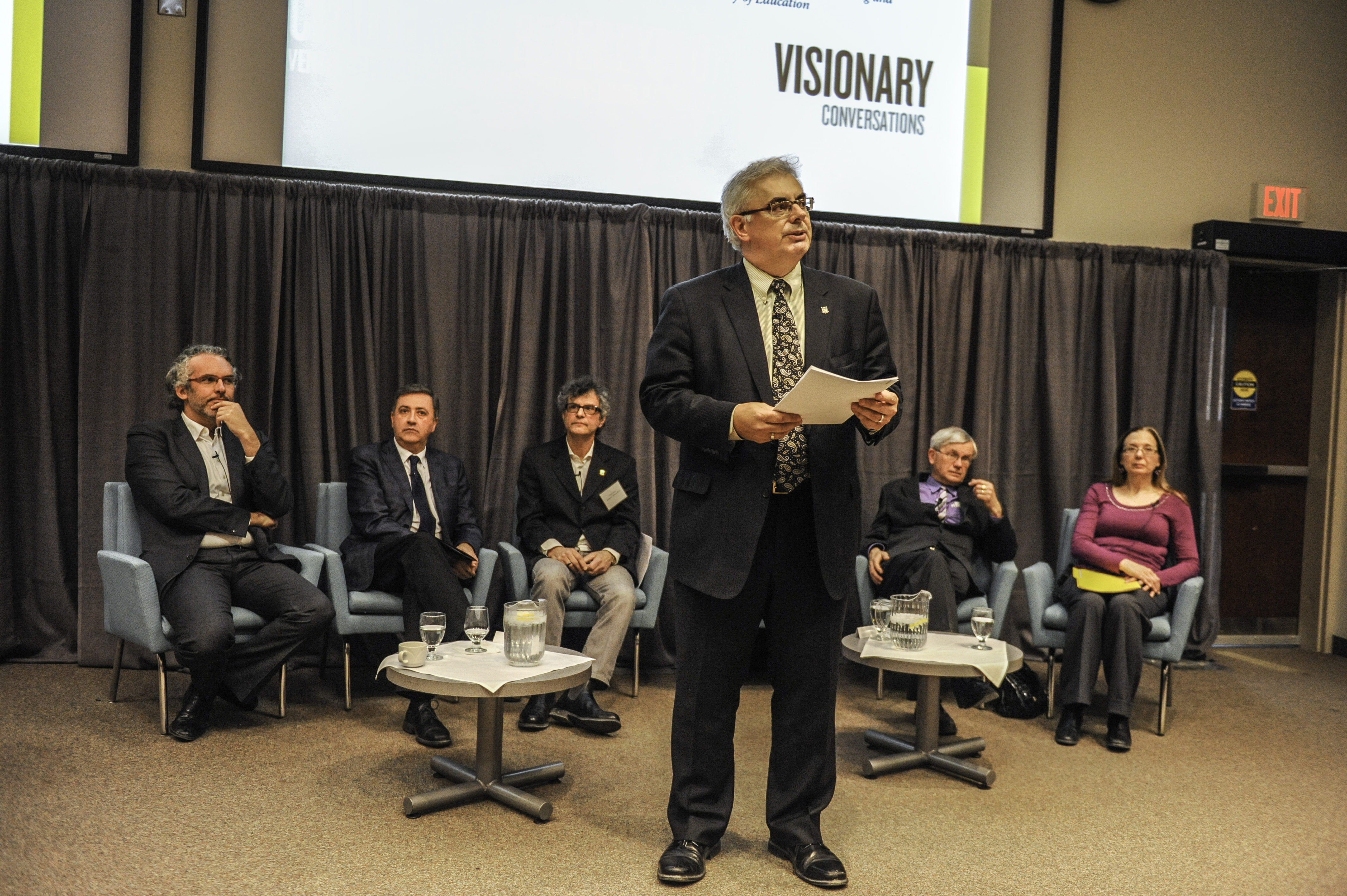Automation allows humans to delegate tedious tasks to machinery. Tedium can, however, distract the human operator, causing disaster.
Enter Behzad Bashiri, a PhD candidate at the University of Manitoba. The negative effect of automation in agriculture has fascinated Bashiri enough to pursue a doctorate under professor Danny Mann, head of biosystems engineering at the U of M. Bashiri is using a tractor simulator and a variety of testing mechanisms to gather information on how human operators react to certain situations that could be encountered while using the equipment in a field.
Since Bashiri was engaging in a relatively new subset of biosystems engineering, he had to be grounded in theory before he began any experiments. His background in engineering is beneficial, but the multi-disciplinary nature of biosystems engineering required Bashiri to also familiarize himself with fields like psychology and design. In addition, he improved the U of M’s propriety tractor simulator software for his needs and modified a cab for simulation testing.
After two years of preparation, Bashiri felt ready to begin his research.
“First we didn’t know how the devices [simulator setup] would affect drivers behavior,” said Bashiri. “First we needed to see how they would be affected. When I did my experiments, I saw deviations between their mental workload in different automation software situations.”
“I tried to manipulate the level of automation support inside a cab,” Bashiri explained. “For example, if [the participants] were driving the cab and they were doing a simulated feeding test, we automated some part of the test to make it easier. As we increased the automation support, we noticed their situational awareness would decrease. When we saw this, we knew it wasn’t good. We need to keep it [situational awareness] in a certain level.”
Bashiri is quick to explain the virtues of automation in agriculture.
“Most of the time automation helps us do jobs faster and make tasks easier for us. We sit in front of the keyboard and with a push of a button we ask the machine to do the job for us.”
“This is one side of the coin,” cautions Bashiri. “Sometimes we have negative effects from automation.”
Currently in tractor automation systems, an automatic steer system performs a lot of the tedious tasks a farmer used to perform. Instead of holding a wheel for hours while a tractor performs its task in a straight line, it can be automated. The driver is to monitor the automated system and make corrections to the tractor’s path as required.
Bashiri explained how, in the event that a driver fails to make such corrections, accidents may occur.
“We’ve seen drivers who [fall asleep] while they are driving. For example, a [ . . . ] tractor was drowned when it missed the path. When the tractor gets to a headland, the driver is supposed to take over the steering task.”
Solving the problem isn’t very straightforward. While capable, humans suffer from mental stress, an issue that is not quantifiable like hardware or software. In fact, the effects of automation on humans are a relatively new field of study.
According to Bashiri, the origins of his line of study can be traced back to the early 50s when P. M. Fitts proposed one of the first human-machine function-allocation methods, allowing certain tasks to be automated so humans can focus on more critical activities.
Fitts soon realized that humans were prone to error when they weren’t in the task loop. Humans, it turns out, should be involved in the task even if they are only monitoring its progress. This increases their situational awareness, something which is understandably critical when it involves aircraft and people’s lives.
While still important, the situational awareness needed in agriculture is less critical than that of the aerospace industry. This means the automation and mental workload requirements are much different.
Bashiri elaborates, “There are many studies involving plant control rooms, flight control rooms, car driving simulators, etc., but none involving tractor simulators. When we started [research], automation had many issues in agricultural machinery. We devised experiments each year to make recommendations to tractor manufacturers to improve their tractor interfaces. When I started my project, I mainly focused on mental issues, workflow, situational awareness; anything related to the body.”
Feedback is gathered from simulator test applications in a variety of methods. There are qualitative questionnaires an applicant fills out, but heart monitors are also used to record the physical response of an applicant to a certain tractor simulator situation.
Bashiri does not currently have an expected completion date for the project, but for now he is content with continuing his experimentation and seeing where his research leads him.
This article was originally published in the Gradzette.




